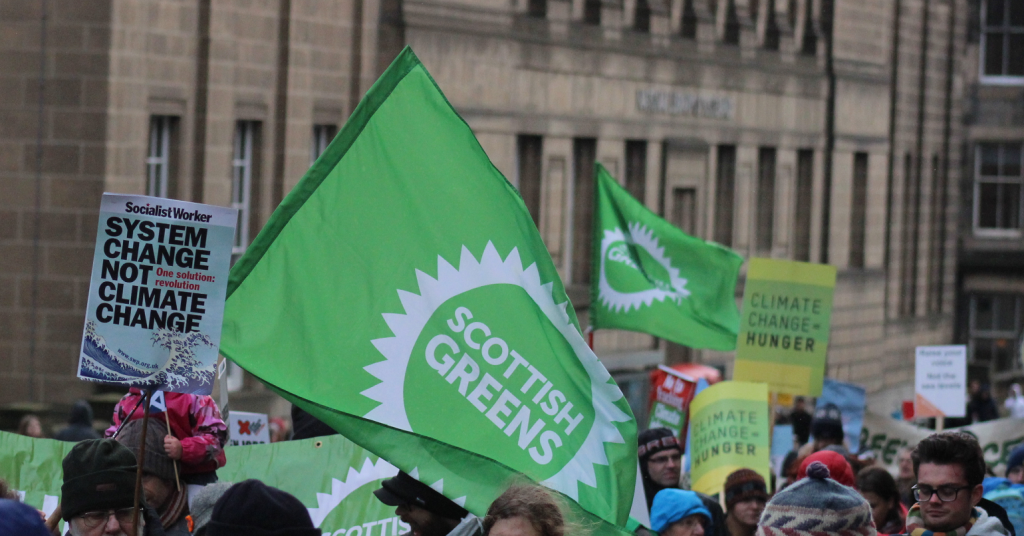The toxic ecstasy tablets currently available are evidence of need for legal regulation
There are few political issues written about as irrationally and inaccurately as drugs policy, but the news reports in Scotland over the past week – about the fake ecstasy tablets currently in circulation, containing toxic substances known as PMA and AMT, and believed to have killed 7 people in Scotland so far – are actually an impressive exception.
The key word is ‘fake’. The news reports have made it clear that what these people have been dying from is not ecstasy – it is PMA. Ecstasy, in its pure form, is not a very harmful substance. As Professor David Nutt writes* in his book ‘Drugs: Without the Hot Air’, there are a maximum of 50 deaths a year from ecstasy use, and 60 million ecstasy pills are consumed each year. This means that – at the very highest estimate, since coroners reports site ecstasy as the sole cause of death for 10-17 people a year – there is 1 death from ecstasy for every 1,200,000 pills consumed. Yet it still retains its position as a Class A drug, possession of which can land you 7 years in jail: talk about sending out the wrong message.
Ecstasy pills adulterated with PMA, however, do indeed seem to be harmful, with Dr Richard Stevenson of Glasgow Royal Infirmary saying that ‘Initially it starts off with hyperactivity, unable to sit still, they are quite restless. Then the hallucinations start to kick in…. Their body temperature starts to rise quite dramatically and it is that which is what is killing these individuals’.
So why do these ecstasy pills contain PMA? Simple: because ecstasy is prohibited. According to Mike Power – author of ‘Drugs 2.0: The Web Revolution that’s Changing How the World Gets High’ – ‘MDMA is made using chemicals known as precursors… originally, safrole was used. It’s internationally controlled, so replacements have been found; these too are now illegal. PMA/PMMA, on the other hand… is not controlled…. Some chemists and pill-pressers, looking for a fast buck and a cheap and easy alternative to MDMA, have turned to PMA.’
This is a classic example of how drug prohibition – by driving the production and sale of drugs into the black market – makes them more dangerous, thereby exacerbating the very problems it’s trying to solve. Legalise, and no such problem occurs.
But such facts about the comparative harmlessness of ecstasy, while relevant in this case, do miss the wider point. Assuming, for the sake of argument, that a particular drug is in fact very harmful – the best way to deal with such harms is with strict regulation and health warnings, not prohibition. Prohibition does not succeed in blocking drug distribution and consumption: we can’t even keep drugs out of our prisons, let alone our streets. But we do know from our experience with tobacco that regulation and health information can bring about a significant reduction in use. Shock horror – people do care about their health, and can be trusted to make these decisions on their own.
Before we legalize and regulate, however, we must rely on harm-reduction strategies to minimise the harms generated from prohibition. This week I popped into Crew 2000 – a harm-reduction charity based in Edinburgh – who were printing dozens of laminated posters for T in the Park encouraging festival goers to avoid particular pills likely to contain PMA: green pills with the Rolex logo, white pills with the Mitsubishi logo, and yellow pills containing a star logo. For those of you taking ecstasy elsewhere, I’d advise a testing kit, which you can order online here. The website’s slogan? Just Say Know.
* At the risk of being accused of misrepresenting Professor Nutt’s book, I should point out that he does in fact say ‘ecstasy is a harmful drug – in no way should this chapter be interpreted as saying anything different’, despite the fact the chapter gives precisely the opposite impression, given the statistics sited above.





Leave a Reply